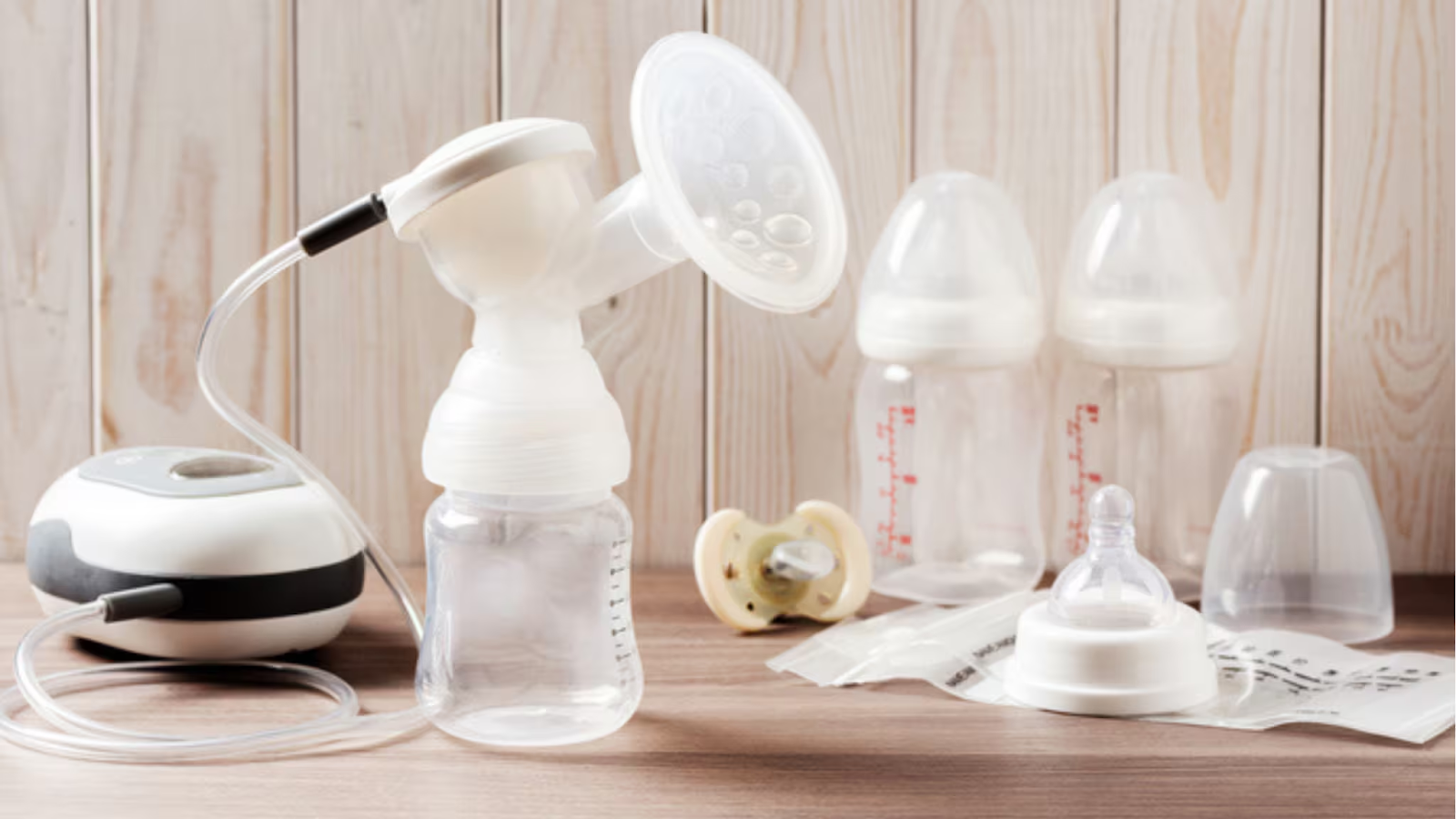Breast pumps are essential tools for many parents who want to provide breast milk for their babies while managing their schedules. Whether you’re returning to work, need to increase your milk supply, or want to share feeding duties, finding the right wearable breast pump can make a significant difference. This guide will help you understand the different types of breast pumps, their benefits, and how to choose the best one for your needs.
Types of Breast Pumps
There are several types of breast pumps available, each catering to different needs and lifestyles:
1. Manual Breast Pumps
- Operated by hand, these pumps are lightweight, affordable, and great for occasional use.
- Ideal for parents who only need to pump occasionally or while traveling.
2. Electric Breast Pumps
- Powered by electricity or batteries, these pumps are efficient and easy to use.
- They come in single and double options, with double pumps allowing you to extract milk from both breasts simultaneously.
- Ideal for working parents or those who pump regularly.
3. Wearable Breast Pumps
- Small, hands-free pumps that fit inside your bra, allowing you to pump discreetly.
- Perfect for multitasking parents who want mobility while pumping.
4. Hospital-Grade Breast Pumps
- These high-powered pumps are designed for multiple users with personal attachments.
- Recommended for parents who need to establish or increase milk supply, especially for premature babies.
Key Features to Consider
When choosing a breast pump, consider the following factors:
- Suction Strength and Adjustability: A pump with adjustable suction settings can provide comfort and efficiency.
- Portability: If you need to pump on the go, a compact and battery-operated pump is ideal.
- Noise Level: Some pumps are quieter than others, which can be important for discretion.
- Ease of Cleaning: Look for pumps with fewer parts to make cleaning simple.
- Cost and Insurance Coverage: Some insurance plans cover the cost of a breast pump, so check your options.
Tips for Effective Pumping
- Create a Routine: Pumping at consistent times each day helps maintain milk supply.
- Stay Hydrated and Nourished: Drinking enough water and eating well can support milk production.
- Relax and Stay Comfortable: Stress can affect milk flow, so find a quiet and relaxing spot to pump.
- Use the Right Flange Size: An improper fit can lead to discomfort and reduced milk output.
- Store Milk Properly: Label and refrigerate or freeze milk to keep it safe for your baby.
Conclusion
Choosing the right breast pump depends on your lifestyle, needs, and budget. Whether you need a simple manual pump for occasional use or a powerful hospital-grade pump for frequent pumping, there is an option that will work for you. By considering key features and following best practices, you can make pumping a comfortable and efficient experience.
If you’re unsure, consult a lactation specialist for personalized guidance on selecting the best pump for your situation.





